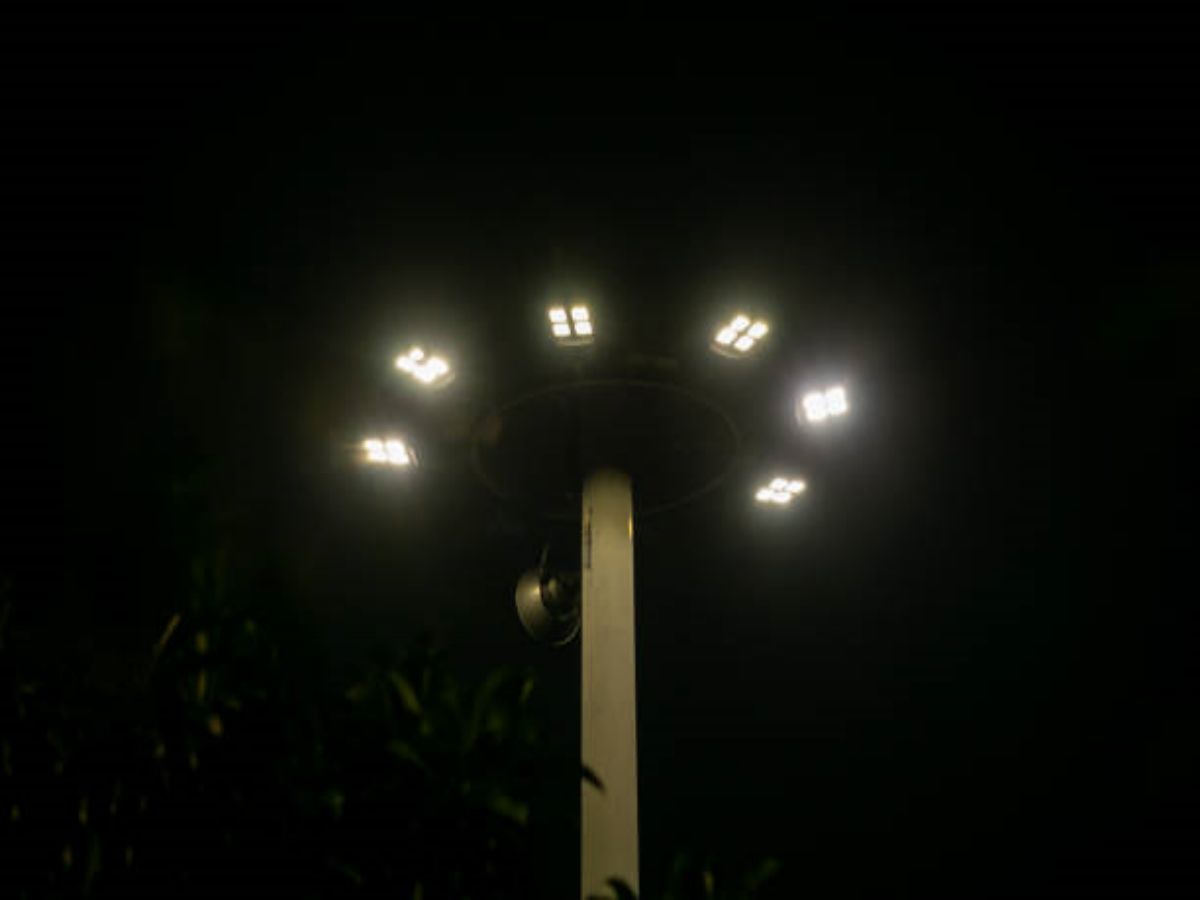The Basics of M8 and M12 Connectors
Connectors are essential components in various industries that require the transmission of signals, power, or data. Two commonly used connectors are the M8 and M12 connectors. While they may seem similar at first glance, there are significant differences between the two. In this article, we will explore and compare the M8 and M12 connectors, highlighting their key features and applications.
1. Size and Design
The most apparent difference between M8 and M12 connectors lies in their size and design. The M8 connector has a diameter of 8mm, while the M12 connector has a larger diameter of 12mm. The M8 connector typically has three or four pins, while the M12 connector can have four, five, or eight pins. This size difference affects their usage and compatibility with different devices and applications.
2. Application Areas
M8 and M12 connectors find applications in various industries due to their robustness and versatility. The M8 connectors are commonly used in small sensors, actuators, and automation devices. On the other hand, M12 connectors are widely used in industrial automation, manufacturing, transportation, and communication systems. The choice between M8 and M12 connectors depends on the specific requirements of the application.
3. Environmental Protection
Another significant difference between M8 and M12 connectors is their level of environmental protection. M8 connectors are generally rated as IP67, which means they are dustproof and can withstand temporary immersion in water. M12 connectors, on the other hand, have various levels of environmental protection, ranging from IP65 to IP69K. This higher protection makes M12 connectors suitable for harsher environments, such as outdoor or industrial settings.
4. Electrical Performance
When it comes to electrical performance, both M8 and M12 connectors offer reliable signal transmission. However, the M12 connectors generally have higher current and voltage ratings compared to M8 connectors. This makes M12 connectors more suitable for power transmission applications. M8 connectors, with their smaller size and pin configuration, are typically used for low-power applications where space is limited.
5. Connectivity Options
M8 and M12 connectors are available in various connectivity options to cater to different needs. M8 connectors are commonly found in two main types: male and female connectors with screw or snap-locking mechanisms. M12 connectors, on the other hand, have a wider range of options, including A-coded, B-coded, D-coded, and X-coded connectors. These options allow for different pin configurations and compatibility with specific protocols, such as Ethernet or Profibus.
6. Cable Types
Both M8 and M12 connectors support different cable types, including shielded and unshielded cables. Shielded cables provide better protection against electromagnetic interference (EMI) and are often preferred in industrial settings where EMI is a concern. Unshielded cables are suitable for applications where EMI is not a significant issue. It is important to select the appropriate cable type based on the specific application requirements.
7. Installation and Termination
Installation and termination methods also differ between M8 and M12 connectors. M8 connectors typically use screw-locking mechanisms, which provide a secure and reliable connection. M12 connectors, on the other hand, offer both screw-locking and quick-locking mechanisms, allowing for faster and easier installation. The choice of termination method depends on factors such as the application's requirements, maintenance needs, and installation time constraints.
8. Cost Considerations
Cost is an important factor to consider when choosing between M8 and M12 connectors. Generally, M8 connectors are more cost-effective compared to M12 connectors due to their smaller size and simpler design. However, the specific cost may vary depending on factors such as brand, quality, and quantity. It is advisable to evaluate the overall requirements and budget constraints before making a decision.
9. Interchangeability
Interchangeability is another aspect that distinguishes M8 and M12 connectors. While both connectors are standardized, it is important to note that M8 connectors are not compatible with M12 connectors. This means that a device or system designed for M8 connectors cannot be directly connected to a device or system using M12 connectors. It is crucial to ensure the compatibility and interchangeability of connectors when designing or integrating systems.
10. Future Trends and Considerations
As technology advances and new applications emerge, the demand for M8 and M12 connectors continues to grow. Manufacturers are continually improving the design, performance, and features of these connectors to meet evolving industry requirements. It is crucial for engineers, technicians, and decision-makers to stay updated with the latest trends and innovations in connector technology to make informed decisions and ensure optimal connectivity in their systems.

